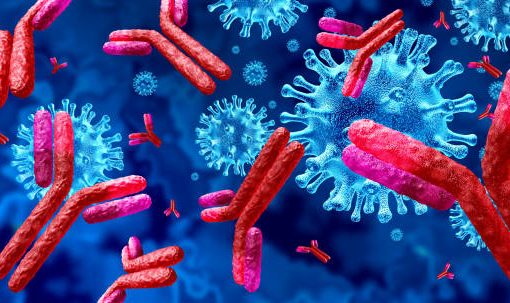Filtration or purification of domestic water is normally done using tap water, collected in jugs or passed through an adapter in taps, usually using an activated carbon filter, through which the water passes. Other more complex systems, such as ion exchange, add to charcoal and sand filters the ability to remove calcium and magnesium (which increase water hardness). The reverse osmosis technique uses a technology that is more used in an industrial environment, and that removes nitrates, sodium, chlorine, fluorine and other chemicals or contaminants. Already radiation with UV rays eliminates bacteria, but not chemicals present in the water.
Isn’t filtered water better than tap water?
In theory, passing water from the public network through a filter to purify it would bring benefits, as harmful chemical elements or elements that may be in high concentration in the water we consume would be eliminated. However, tap water already undergoes extensive treatment processes, in an official regulatory process and frequent tests to ensure its quality and safety. That is, all the components that are present in it are either beneficial to our body or exist at levels far below what would be harmful to health.
Water filters and purifiers, on the other hand, do not distinguish between good and bad elements in water: they either remove it or let it pass. Thus, together with these chemicals and even pesticides and other contaminants – whose presence, barring unexpected situations, is merely residual – minerals and nutrients essential to the human body and its electrolyte balance are retained in the filter.
What about chlorine, which leaves an unpleasant aftertaste?
Like the other components, chlorine would only be harmful at values much higher than what is stipulated by national and European legislation. And the role of chlorine as a disinfectant remains essential for the promotion of public health, as it prevents the transmission of diseases that until a few decades ago were more common, such as cholera or typhoid fever.
Furthermore, the residual presence of chlorine retains some of its disinfectant power after tap water is placed in a jug, bottle or glass. Thus, it is an added protection so that this water does not become contaminated until it is consumed, something that does not happen when it passes through a filtering system that eliminates chlorine.
Are there any dangers in filtered or purified water?
In normal situations, filtered water poses no health risks, even if it eliminates some of the nutrients present in the water and necessary for the body – as long as it is not the only way to consume it throughout the day, or if there is a medical recommendation to drink it. more filtered water. Still, this essentially depends on the good maintenance of the filter or the equipment in general that is used to purify the water.
Whether it’s a simple pitcher or a complex filtering system, if it’s not well taken care of and components such as filters are not replaced according to the manufacturer’s instructions, the lack of benefit turns into a real health hazard. The filter accumulates impurities, chemicals, minerals and other substances that can be harmful. From the moment it loses its retention capacity, these harmful components can follow in even greater levels into the glass of water we drink.
What if we want to consume water from a tank or borehole?
Despite the filtering capacity that many water purification systems have, this is incomparable with the water treatment capacities of the stations that guarantee the quality of the public network. If you intend to consume water from a well, a deposit or a hole drilled on a property, it is necessary to ask the competent authority to analyze that water and repeat it regularly afterwards. This is the only way to guarantee the quality of the water – which may even be suitable for immediate consumption – or to find the right system to make it drinkable.
How to improve the aroma or taste of tap water?
The chemical and mineral composition of water, its hardness, are reflected in its taste or odor. Even so, sensitivity to these factors varies between regions of the country (granitic for soft water; limestone for hard water) and varies greatly from person to person. It is often a matter of taste, and there are ways to try to soften the aroma or taste of the water, namely in relation to the more noticeable presence of chlorine:
- Let the water stand for half an hour, in a bottle in the fridge, for example, to remove the odor of chlorine.
- On hot days or in the case of exposed pipes, let the water run a little so that it comes out cooler.
- Do not use non-crystalline water, when it is reddish or brownish, which can be the result of plumbing work.
- Frequently wash the water jugs and reusable bottles, to prevent contamination but also the transfer of other odors.
- Frequently replace unused ice cubes from the freezer as they can absorb food flavor.
- Do not draw hot water from the tap to boil and make tea. Always boil cold water to eliminate the chlorine taste.
- Let the tap water run for a while after holidays or other longer absences. Before drinking and cooking, but also before washing hands or face.
Remember that…
Using a reusable water bottle allows you to reduce the excessive use of plastic associated with the current consumption of bottled mineral water.





